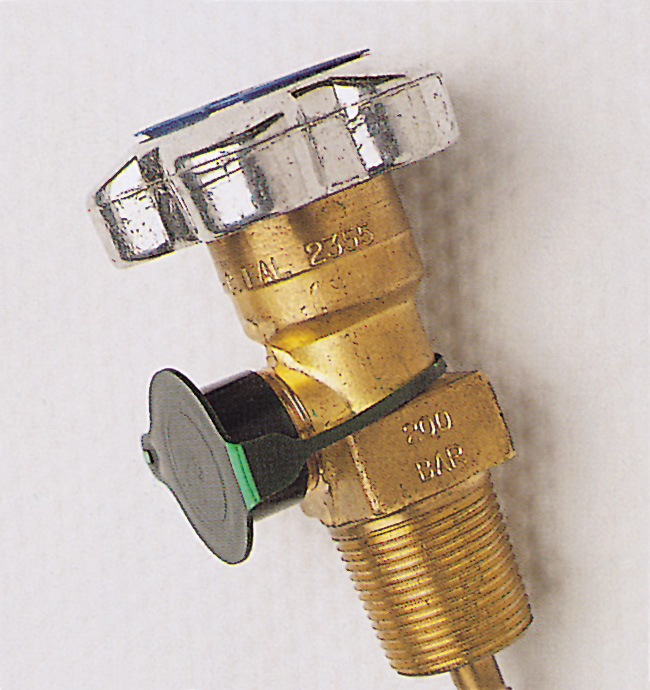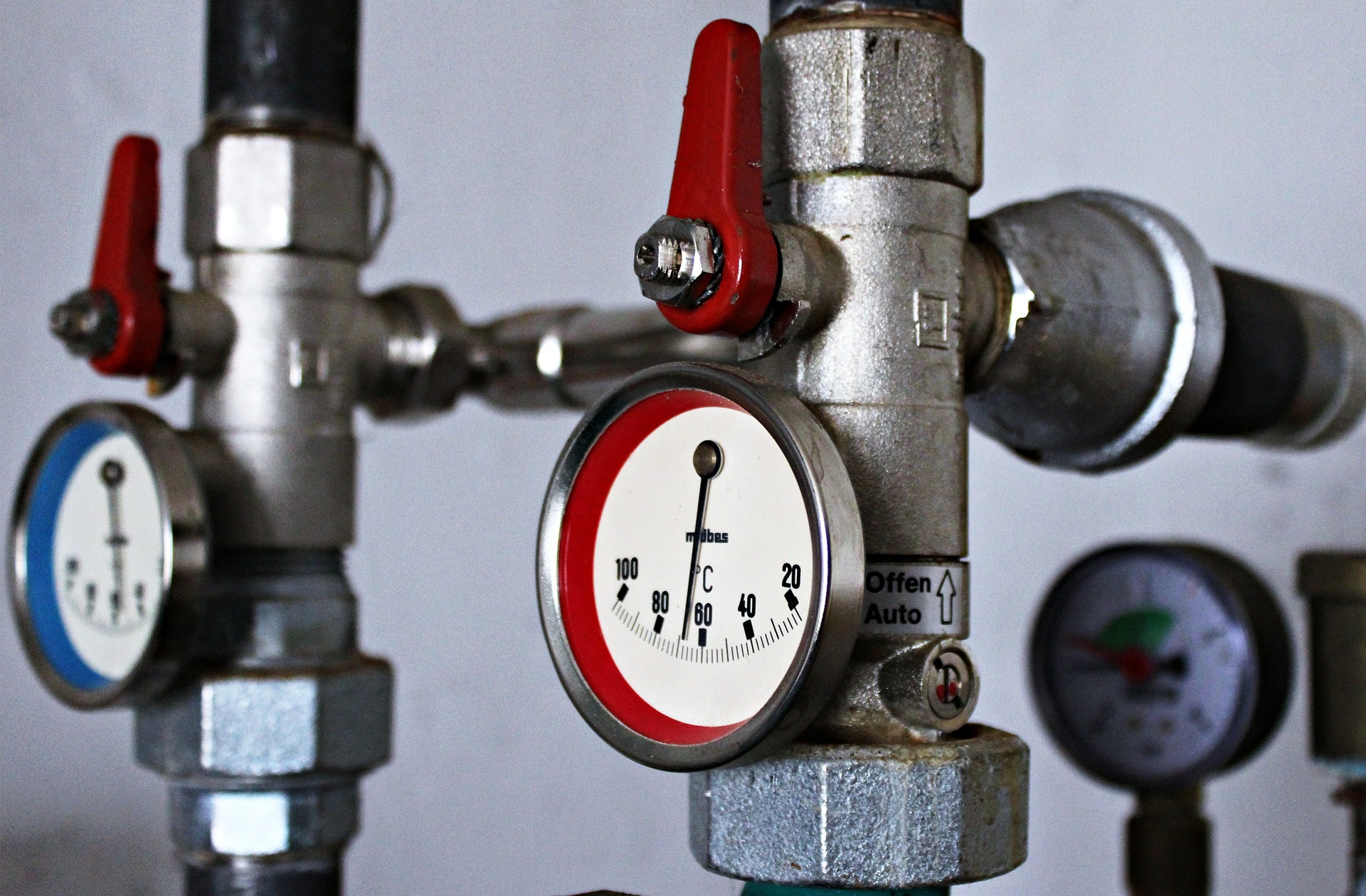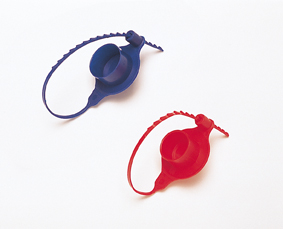This website uses cookies so that we can provide you with the best user experience possible. Cookie information is stored in your browser and performs functions such as recognising you when you return to our website and helping our team to understand which sections of the website you find most interesting and useful.
Products of the sector Healthcare and Pharmaceutical
PULL GRIP VALVE fixed length seal
Plastic seal for valves

Plastic seal
Available colours:
PULL GRIP VALVE fixed length seal
- Adjustable seal for all valves that are regulated by the 3-MIE-AP7 standards.
- Seals for gas tanks.
- PULL GRIP VALVE fixed length seal simple and manual application.
- Each seal carries inside the letter that corresponds to each type of valve. (Available models: B, C, D, F U)
- Material: polypropylene.
- Marking: Neutral or mould engraving.
The importance of security seals for valves
Reactors, boilers, storage tanks, pipes, and many other pressure devices, can be subjected to pressures higher than those of their design, with the corresponding danger of explosion.
To avoid this type of accident, which can cause serious consequences, the so-called safety valves are installed, which allow the excess pressure to be relieved by discharging the contained fluid.
Valves are therefore a security instrument widely used in industry and required by regulation, and which is made up of different elements, including seals. In this sense, what does the regulation say about its installation?
The NPT 342 good practice guide on the technical characteristics of safety valves talks about the importance of seals in different phases:
- In the construction of the valves: it states that the design of the valves should include the installation of a sealing mechanism for the set pressure regulating body, in order to prevent unauthorized manipulation.
- When assembling the valves: after checking that there are no leaks and carrying out the corresponding calibration, proceed to seal the set pressure regulator. If the conditions change, it will be unsealed, readjusted, and sealed again.
In addition, the technical sheet of the National Institute of Safety and Hygiene at work highlights the importance of sealing of the regulatory institution so that it cannot be manipulated by unqualified personnel.




